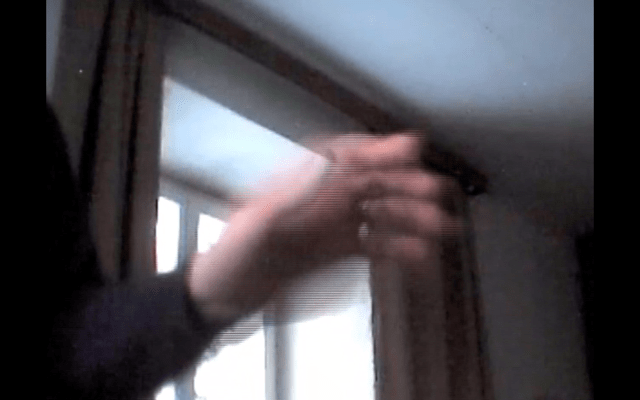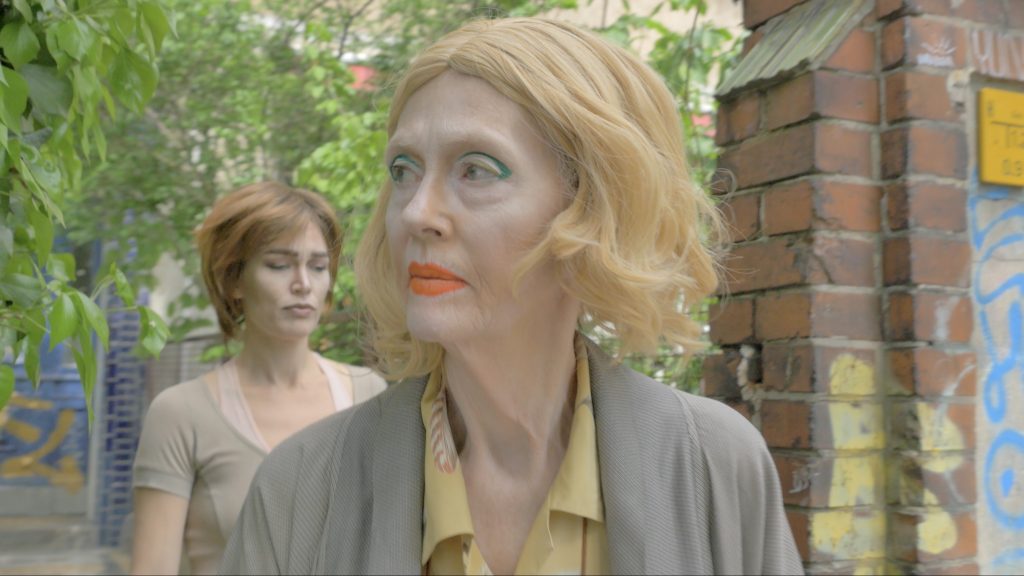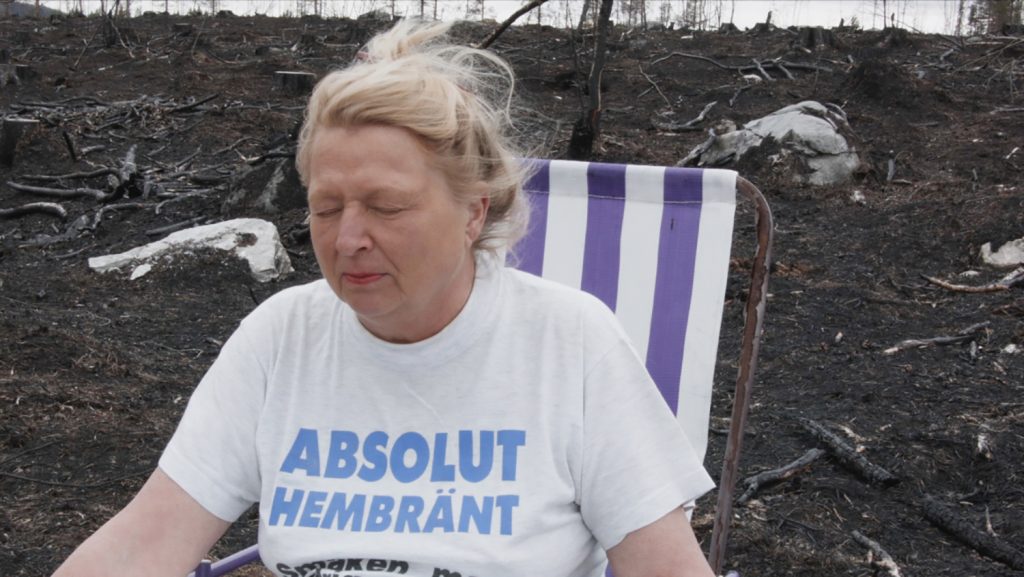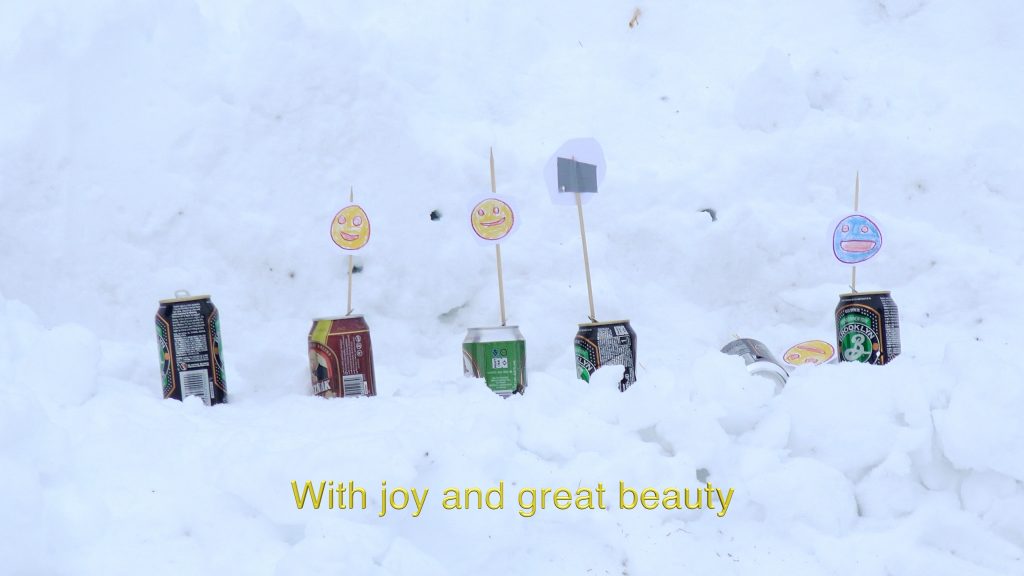This screening will show films by three artists — Ulijona Odišarija, Åsa Cederqvist and Josefin Arnell. These works share an interest in the relationship between motherhood and daughterhood which they approach from different angles. Further expanding the interplay of connections that can be found throughout the whole of the festival Videograms, the idea to curate a programme exploring a relationship with the mother has not been accidental and was impelled by a conversation with one of the artists. Ruminating on the preoccupation with heterosexual romantic love in contemporary culture, one can notice how such love both objectified in pop culture and critiqued by contemporary artists. Twentieth-century’s Modernism, with its concept of the traditional family brought attention to the significance of an individual’s relationship with the father and especially the mother figure as the most formative. However, the relationship with the mother is still placed as secondary in contemporary cultural iconography.
In this programme, all three artists focus on their mothers or families. Mothership, by the Swedish artist Josefin Arnell, is a playful interpretation of Mothership Goes to Brazil (2016), from which the programme takes its title and which reflects on artistic elements common to all artists — playfulness, curiosity and experimentation.
Curated by Monika Lipšic




